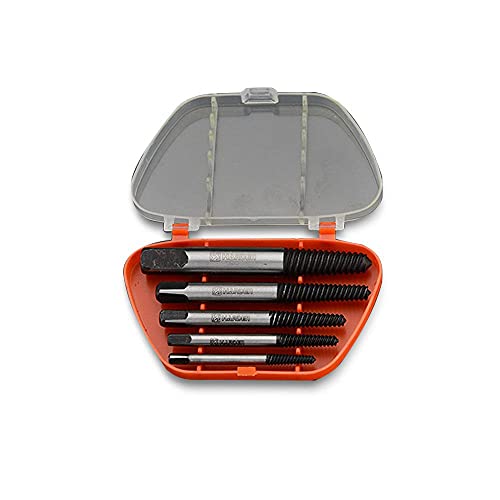Nighthawk said:
Thanks dtectr..
I will definatly look into making poor man's ar once my container of nitric is done, as it was as you said very hard to obtain, although I now have a source for it, it was VERY expensive...
Will I get sulfur dioxide fumes even if i use urea to nutralize the nitric? or because there is still hcl in the solution the fumes will still be present?
do I need to mix the bisulfite with water as I would do with copperas?
As you might have read from my previous post, I had missed a few steps in my process, and incorporated bisulfite before I had removed the nitric, it will be interesting to see what hapens when I incorporate urea at this point...will the bisulfite still be active and precipitate, or will I need to add more bisulfite?? it should be a good learning experience ..
thanks
nighthawk
My friend
When I was training for wilderness survival, I received one of the wisest bits of advice that applies, in principal, to so very many areas of life. "The best way to survive a critical situation in the wild is to not get into one in the first place."
That REALLY applies to the use of nitric in AR. If you don't put in too much to begin with, you don't have to worry about getting it back again. That is easier said than done, though. Even Hoke acknowledges that we, as beginners, tend to overdo it when it comes to the addition of nitric.
Most here would recommend NOT using urea, as it adds one more chemical variable to address. This is really only true, though, if you are going after the Platinum Group Metals (PGM), according to Gold SilverPro. If not (I don't, for now), add the urea a a prill at a time, and watch for the characteristic red fumes, accompanied by a visible reaction. Continue until the reactions/fumes cease.
Urea doesn't really neutralize the nitric acid - it converts it to Nitrous Oxide, as well as other gases. The expressions "expel the nitric" or "convert the nitric", would be more accurate, I believe. I use sulfamic acid for now, to accomplish the same thing, simply because I have some. Your solution will, therefore, still be highly acidic, which you want.
If you still have some solid metals present, you can start with adding a few ccs of HCl, watching for a reaction. If it reacts, then you likely have some free nitric. Remember, for AR to work, you need your HCl:nitric ratio to be either 4:1 or 3:1, depending on who you ask. If the formula gets out of balance either way, the reaction stalls, which doesn't necessarily mean that you have used up all your acid.
With Poor Man's AR, since you add the nitrates incrementally, about 5 cc. at a time, only a small amount of nitric is formed & is quickly consumed by the metals present. The above procedure, balancing the HCl:Nitric ratio, also applies here.
Using nitric, its important to know first how much copper or silver, weight in grams, you will be digesting. Using the formulas posted on the forum (someone made a nitric/silver spreadsheet the other day & posted it somewhere) measure out your Nitric & add a little at a time, as you do nitrates above. Some (mic, for one) have had good success in using just under the recommended amount, achieved good digestion, & didn't have free nitric to worry about in the end.
Re: the sodium bisulfite, I would check to make sure how pure it is & if there are any other agents added, insolubles. You may try dissolving a tablet in warm water, then check to see if there is any insoluble matter left in the bottom. If so, i would dissolve & filter, making as concentrated a solution as possible.
The sulfur dioxide (SO2) is formed as a reaction with the acidic solution, it is actually what causes the gold to precipitate.
Hope this helps. While i believe that what I posted here is accurate, still, I may have misstated some of the above - if so, I invite anyone to correct my errors.
Good luck & keep us posted.
dtectr













































